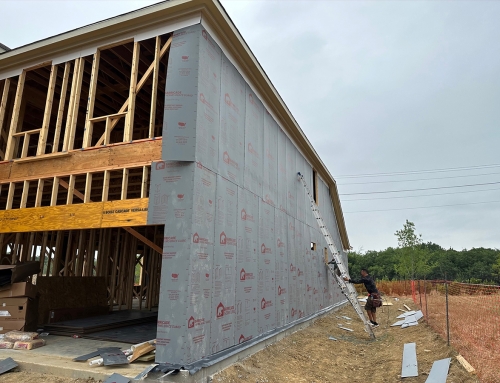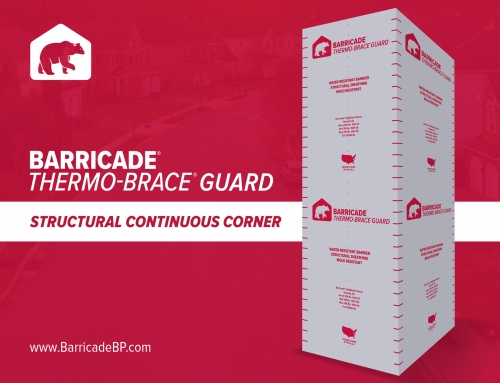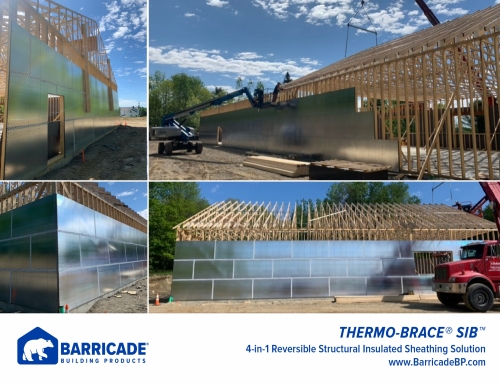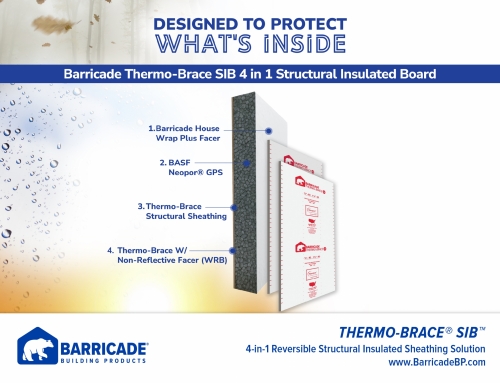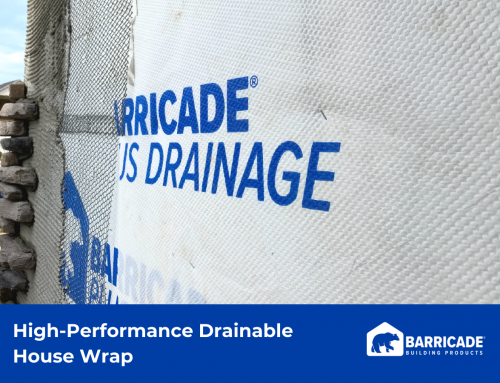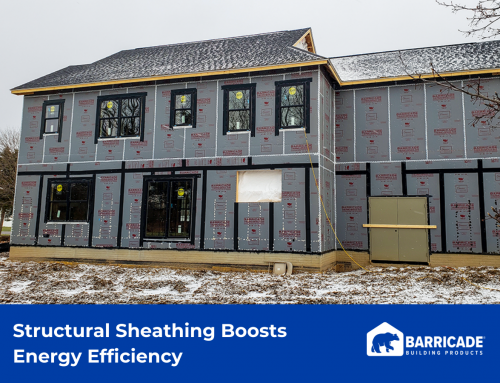Builders in coastal climates must prevent the problem of moisture infiltration and accumulation into wall systems by flooding, excessive rain, and high humidity. Failure to remove moisture can lead to decay, poor indoor environmental quality (IEQ), and corrosion. Moisture-resistant construction in coastal climates includes elevated structures, materials that can resist moisture, and a high-quality weather-resistant barrier (WRB). A WRB helps ensure the wall system can quickly dry after exposure to moisture. A successfully constructed home or building in a coastal area should resist damage (for decades) from coastal climate hazards and processes, particularly those associated with moisture.
The American Society of Civil Engineers Standard 24 (ASCE 24), the referenced standard in the International Building Code® (IBC), mandates the design of structures constructed in flood hazard zones. ASCE 24 gives the minimum requirements and expected performance for the design and construction of structures in flood hazard regions. ASCE 24 also meets the National Flood Insurance Program (NFIP) minimum requirements.
How to Stop Moisture Infiltration and Accumulation within the Wall System

Contractors in coastal climates can stop the damaging effects of moisture infiltration and accumulation in the wall system by including building components that deflect and drain water. Contractors can deflect water with peaked roofs and overhangs, surface features, recessed windows, etc. Builders can drain non-deflected water with footing drains, gutters, downspouts, etc. Placing plants near the exterior walls and sloping the yard away from the building will drive the water into the storm sewer, and can help to deflect and drain excess water from the building.
Even with deflecting and draining techniques, some water may still infiltrate the wall. Therefore, the building design should include a breathable layer, like a high-quality weather-resistant barrier (WRB). A WRB helps water that infiltrates the wall system to dry out quickly. The WRB should also be durable over the expected lifetime of the structure and have the strength and stiffness to avoid damage during and after construction.
The Need for a WRB in Coastal Climates
To protect against moisture damage from increasing risks of floods and excessive rains in coastal areas, builders must install a WRB on all new construction projects.
A high-quality vapor-permeable WRB, like Barricade® R-Wrap®, provides buildings and homes in coastal climates with protection against the damaging effects of moisture. Placement of the WRB over the sheathing and behind the siding allows moisture that infiltrates the wall system to dry out. Crucial components of a high-quality WRB include durability, high tear resistance, ultraviolet resistance, and ease of installation. The WRB should also comply with the 2018 International Building Code (IBC 1402.2) requirements for water-resistance and vapor permeability and the 2018 International Residential Code for water resistance (IRC R703.1.1). Application of a WRB in coastal climates protects a home or building against decay, unhealthy mold, and corrosion.
How Barricade® R-Wrap® Helps Create Moisture-Resistant Structures
Barricade® R-Wrap® contains all the features of a high-quality WRB that can help contractors in coastal climates build structures that avoid the detrimental effects of moisture infiltration into the wall. R-Wrap® provides a high-performance, non-perforated, non-woven, permeable membrane with the highest level of performance against wind, air, and moisture.
Barricade® R-Wrap® includes a micro-porous, breathable membrane that blocks liquid water, but allows moisture vapor to pass through, which keeps the wall cavity dry. Ultimately, the breathable membrane provides a higher level of moisture and air control than a perforated wrap.
Barricade® R-Wrap® meets and exceeds the air barrier requirements of the 2018 IECC R402.4.1 and C402.5.1. It resists water infiltration from wind-driven rain and other sources. R-Wrap® provides superior tear-resistance, UV stability (nine months), and cold- and surfactant-resistance.
Barricade® R-Wrap® has a vapor permeability rating of 50 US perms; much more than the mandated standard (five perms or higher) for house wraps. The ease of installation lessens potential damage due to errors during installation. Specifically, the semi-transparent feature of Barricade® R-Wrap® gives installers a view of the studs and sheathing surfaces.
In coastal areas, construction continues to increase for many in the 10-year flood risk zone. Concernedly, a recent report found that at least 17,800 homes built in the last decade risk a 10-year flood by 2050; the risk doubles by 2100. All new construction in coastal areas should include a high-quality WRB to protect the structure from excessive rain and floodwaters. A WRB ensures that moisture that makes it way past deflecting and draining methods can quickly dry out.
Contact Barricade for more information on utilizing weather resistant barriers in coastal climates.


